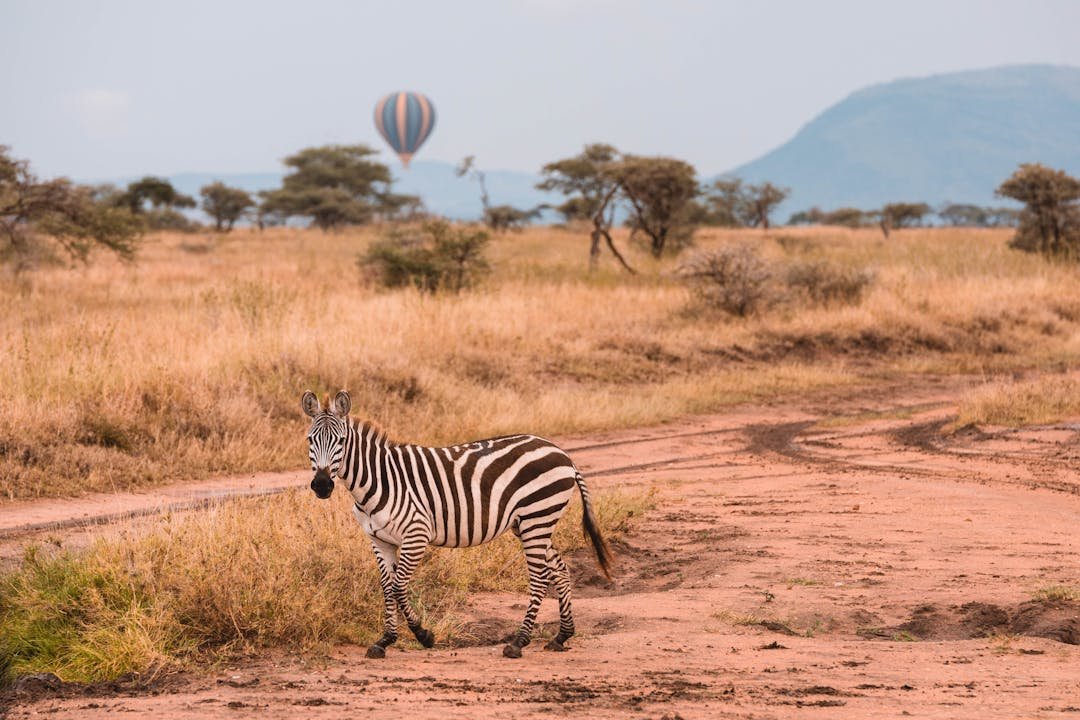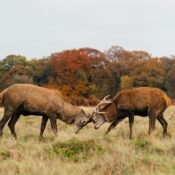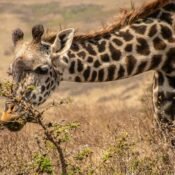
When to go to Tarangire National Park
Tarangire National Park which is situated in northern Tanzania is one of the leading safari destinations in the country. The Tarangire National Park is widely known for its large groups of elephants baobab-dotted landscapes, and diverse wildlife, it provides visitors with a unique experience throughout the year. However, the best time to visit depends on your priorities—whether you want to see large animal migrations, enjoy lush landscapes, or avoid heavy crowds. This guide will help you decide the best time to visit Tarangire National Park based on weather, wildlife activity, and travel preferences.
Visiting Seasons in Tarangire National Park
Tarangire National Park has 2 main seasons: the dry season and the wet season
Each provides different advantages and challenges for visitors.
Dry Season (June to October) – The best time to visit for Wildlife Viewing
The dry season is one of the most popular times to visit Tarangire due to its excellent wildlife sightings. As the water sources dry up in the nearby areas, animals come around which makes them quite easier to spot.
Advantages of Visiting in the Dry Season
- Best Wildlife Viewing: This is an ideal time for game viewing as animals, including large groups of elephants, lions, leopards, giraffes, zebras, and wildebeest, come near the water sources.
- Fewer Mosquitoes: With only a small amount of rain, there are fewer mosquitoes which reduces the chances of getting malaria.
- Easier safari Tarangire National Park Experience: Roads are dry and easily accessible, which makes the game drives smoother.
- Perfect for Photography: clear skies and golden lights make the ideal conditions for photography.
Disadvantages of Visiting in the Dry Season
- Higher Prices & More Crowds: Since the dry season is the peak season, the prices of accommodations and park fees are quite high and the footfall is also much higher.
- Dry and Dusty Conditions: The landscape is also dried up with increased dust levels, which can make some travellers quite uncomfortable.
Wet Season (November to May) – Lush Landscapes & Birdwatching
The wet season is also known as the green season, as it changes the Tarangire into a lush paradise . Though the wildlife is quite scattered across a wider area, the park remains a splendid destination.
Advantages of Visiting in the Wet Season
- Fewer Tourists & Lower Prices: Since the footfall is less during this season, the prices of accommodations are more economical and you can enjoy a more private Tarangire National Park safari experience.
- Beautiful Scenery: The landscapes are all lush and green during this time giving you splendid views
- Great for Birdwatching: Migration birds arrive during this time which makes it a perfect time for birdwatching
- Baby Animals: Many species give birth to their young ones during this period, giving visitors a chance to see young animals and predator activity.
Disadvantages of Visiting in the Wet Season
- More Difficult Wildlife Viewing: With more water sources available during this time, the animals are quite scattered which makes them difficult to spot
- Challenging Road Conditions: With the heavy spells of rain during this time, the roads can become muddy and slippery which can make travel difficult.
- More Mosquitoes: With the increased amount of rainfall , there are more mosquitoes which can increase the risk of malaria.
Month-by-Month Breakdown
To help you decide the best time to visit Tarangire National Park, below is a month-by-month breakdown :
June – October (Peak Dry Season)
- Best time for wildlife viewing.
- Large groups of animals come near the Tarangire River.
- Perfect for photography with clear skies.
- Peak season with higher prices.
November – December (Start of the Wet Season)
- Rain begins, creating a greener landscape.
- Migratory birds start arriving.
- Fewer tourists and lower prices.
January – March (Green Season)
- Lush vegetation with excellent birdwatching opportunities.
- Many animals give birth, which draws in more predators.
- Rainfall can make game drives challenging.
April – May (Heavy Rains – Low Season)
- The heaviest rainfall of the year makes some areas difficult to travel
- Lowest tourist numbers and best accommodation deals.
- Great for photographers who want a green and beautiful landscape.
Conclusion
The best time to visit Tarangire National Park depends on what you want to experience there. If your main focus is wildlife viewing, especially large groups of elephants and predators, the dry season which is June to October ideal for you, as animals come near the Tarangire River, For travellers who would prefer fewer crowds, lower prices and lush & green landscapes, the wet season provides you with a more peaceful and beautiful experience, especially for the birdwatchers and photographers. Regardless of which season you choose to visit the national park, Tarangire promises to memorable safari experience with its rich biodiversity and splendid scenery.




